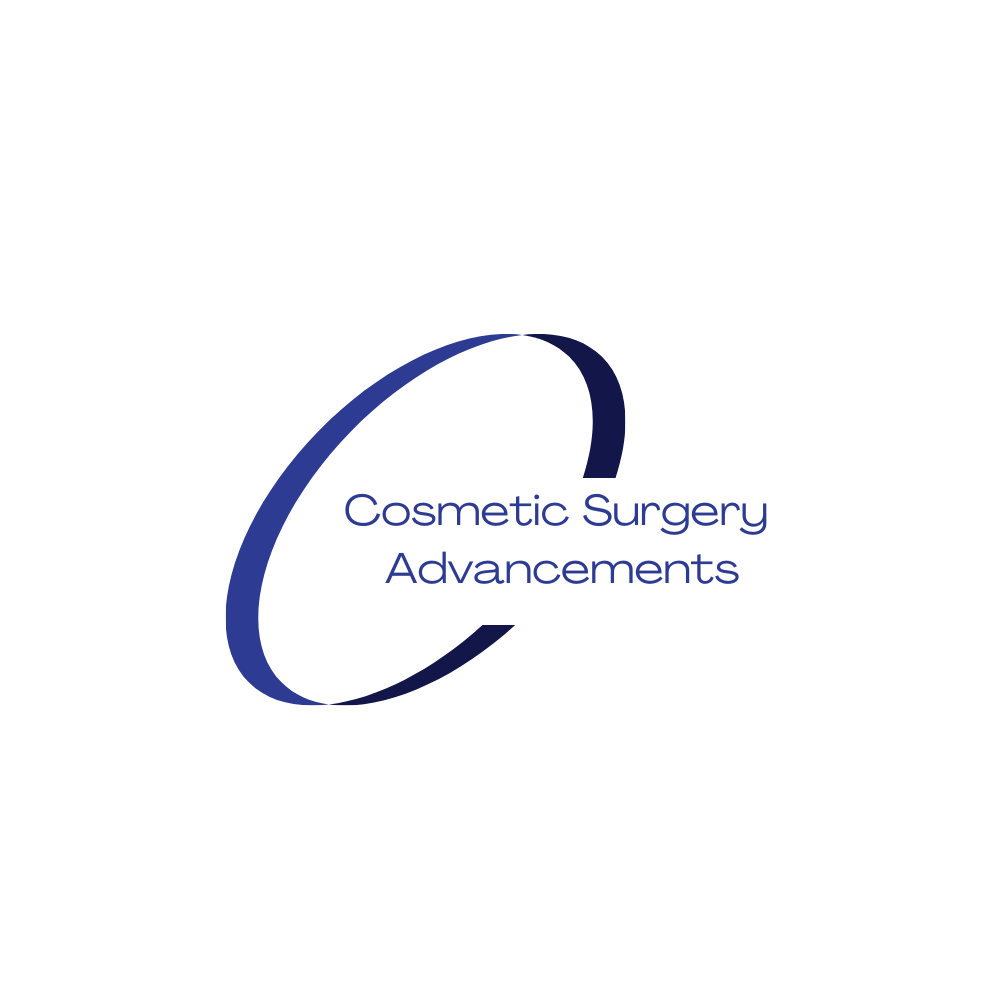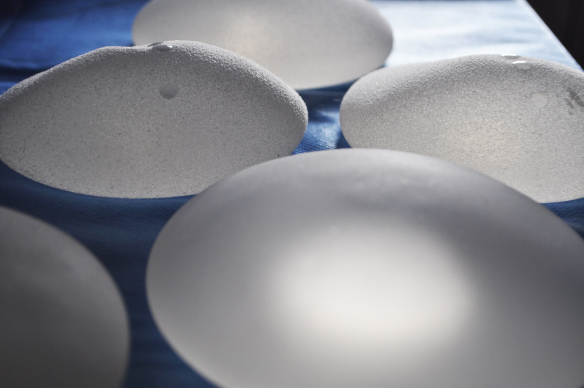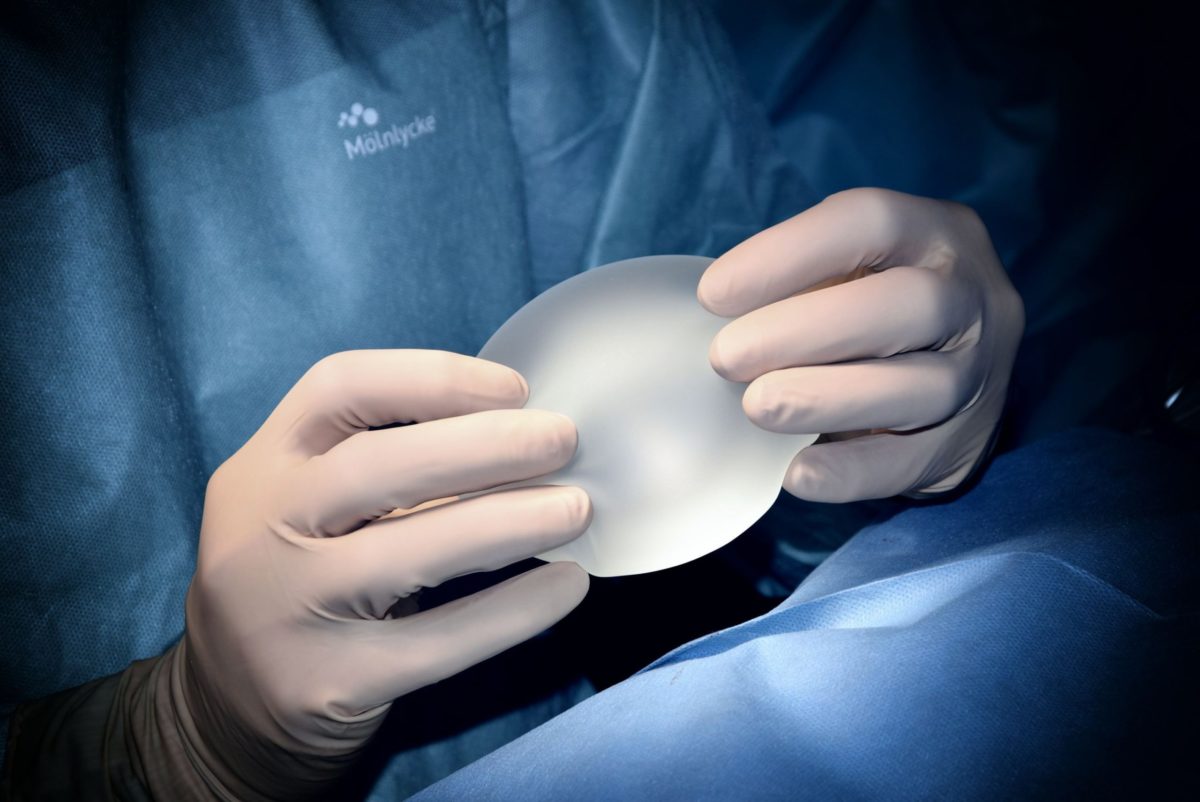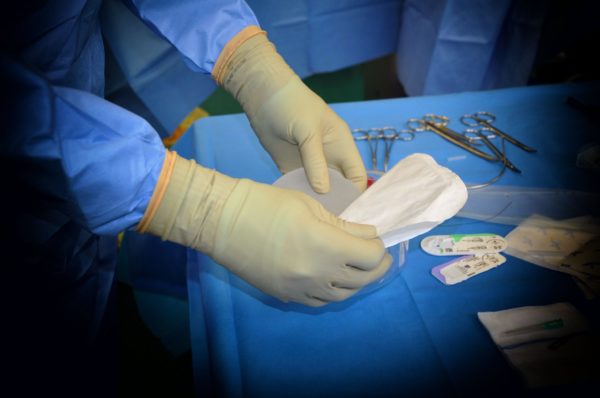liposculpture
You have lost weight, exercised and almost have the figure you want, yet there are some stubborn areas such as the stomach, thighs, hips, sides, and back, where fat still remains. Liposculpture was developed precisely for the removal of small, pockets of stubborn fat and is less traumatic than liposuction.
The diet you follow after having liposculpture is very important but this doesn’t mean you can’t have treats like chocolate. The most important thing is to remember liposculpture will not stop you from putting on weight. The aim of liposculpture is to remove small, stubborn, areas of fat that refuse to shift with diet and exercise. Although the fat cells are permanently removed, fat cells in other parts of your body can get larger if you do not have a healthy, balanced diet.
What is the best type of liposculpture?
Tumescent liposuction (fluid injection) combined with suction-assisted liposuction (SAL) is the most common liposuction method used by plastic surgeons. However, due to the trauma, it causes which results in swelling of the tissues, new, gentler liposculpture techniques have been developed.
The most up to date liposculpture techniques include:
super-wet technique combined with suction-assisted liposuction (SAL) is similar to tumescent liposuction. The difference is a higher volume of fluid is injected, this helps to reduce trauma on the tissues when the fat is suctioned out. This method is also often preferred as it is possible to use smaller cannulas which leave negligible scars in the majority of cases.
Power-assisted liposculpture (PAL) combined with suction-assisted liposuction (SAL) uses a machine that creates very fast vibrations to break down fat faster.
Ultrasound-assisted liposuction (UAL) combined with suction-assisted liposuction (SAL) uses a machine that sends ultrasonic waves through the fat cells to turn them into a liquid, making it easier to suction them away.
Laser-assisted liposuction (LAL) combined with suction-assisted liposuction (SAL) uses a machine that utilises laser energy to penetrate and liquefies the fat cells, making it less traumatic when they are suctioned away.
Can I have liposculpture with local anaesthetic?
The majority of plastic surgeons perform liposculpture under local anaesthetic due to lower risks and quicker recovery times. Occasionally if numerous parts of the body are being sculpted a general anaesthetic may be used.
Liposculpture – the procedure
Your surgeon will ask you to stand or lie down and may mark the areas of your body that will be ‘sculpted’. Most liposculpture procedures will be performed with you lying down. You may request twilight (IV) anaesthetic if you feel nervous to help relax you. This is usually administered through a cannula in the back of your hand. When you feel drowsy the surgeon will inject the local anaesthetic into the area the liposculpture will be performed on. You will not feel any pain, although you may feel movement or, and a pulling sensation. On average 1 body area will take between 20 to 40 minutes and 2 or more may take up to 90 minutes.
Risks and Complications of Liposculpture
- Infection – normally can be effectively treated with oral antibiotics although if severe it may need to be treated with IV antibiotics.
- Hematomas and seromas – are pools of blood and liquid that form under the skin due to trauma, they are rare and will normally drain away without intervention although occasionally may need to be surgically drained.
- Change in skin tone – this unusual and normally temporary
- Uneven skin texture with visible bumps and or dips – this can happen due to under correction or over correction or, and due to pore skin elasticity.
- Scarring, this is normally negligible
Recovery Time after Liposculpture
Day of procedure
Immediately after the area will feel sore and bruised, most patients report pain is easily managed with oral pain killers.
48 hours after liposculpture
The swelling will have increased, making the area ‘sculpted’ look larger. The pressure caused by the swelling may result in a higher level of discomfort, this will ease off over the next 5 days.
5 days after liposculpture
The area will still be very swollen, however, any discomfort should now be reduced significantly and you will start to feel a lot better.
14 days after liposculpture
You can now take off your compression garment for nighttime and you should be able to see the beginning of the results from the liposculpture.
6 weeks after liposculpture
You can now start to do strenuous exercise although you should still avoid heavy lifting.
3 months after liposculpture
You should now no longer need to wear a compression garment and the results will be evident. Now you can go out and buy some new clothes!
6 months after liposculpture
The final results should be apparent and any complications such as under correction or over correction will be noticeable. Liposculpture can be repeated for under correction and, or combined with autologous fat transfer, to smooth out any bumps or dips in the surface of the skin. Fat transfer can also be utilised to correct areas that have had too much fat suctioned away and can help to improve the shape and, or fill in bumps and dips, to further define the contours of the body.
Scarring after liposculpture
Scarring after liposculpture will be minimal and should fade to become almost invisible after 6 months. The exception is if you develop a keloid scar that may need to be injected with a steroid, treated with laser or surgically excised.
Autologous, fat transfer – the procedure
Fat is suctioned from one area using liposculpture and then processed, before being reinjected into the area being treated. The procedure may need to be repeated if the fat is reabsorbed.
Risks and Complications of Autologous, fat transfer
- Infection – normally can be effectively treated with oral antibiotics although if severe it may need to be treated with IV antibiotics
- Hematomas and seromas – are pools of blood and liquid that form under the skin due to trauma, they are rare and will normally drain away without intervention although occasionally may need to be surgically drained
- Change in skin tone – this unusual and normally temporary
- Uneven skin texture with visible bumps and or dips – this can happen due to under correction or over correction or, and due to pore skin elasticity
- Fat is reabsorbed resulting in asymmetry and, or visible bumps and, or dips on the surface of the skin
- Fat can harden into small lumps
- Scarring, this is normally negligible
Recovery Time after autologous, fat transfer
This follows the same recovery as liposculpture (see above)with the only exception being that over time small lumps of fat may form which may be visible or palatable under the skin.
Scarring after autologous, fat transfer carries similar risks to scarring after liposculpture (see above).
Surgical skin tightening/removal
When a significant amount of weight has been lost or following a pregnancy, the skin may not have enough elasticity to retract completely after liposculpture. Surgical skin tightening involves cutting away the excess skin, to give the patient the best possible outcome.
The procedure
You may be offered a general or local anaesthetic depending on how much skin needs to be removed.
Twilight (IV) sedation can be given if local anaesthetic is used to help you to feel relaxed and comfortable.
If you opt for a general anaesthetic you will normally be taken into a room where it is administered and will be unconscious before being wheeled into the operating theatre. During the procedure your anaesthetist will keep a close eye on your vitals and can top up the general anaesthetic if required, to ensure you do not wake up during surgery. When you come round you will be in a recovery area where you will be watched until you have regained consciousness and are well enough to be transferred to your room to rest. Sometimes it is safe to go home the same day, however, if drains are needed or multiple areas of skin have been excised, you will normally stay overnight at the hospital.
Risks and Complications of skin tightening/removal
- Infection – normally can be effectively treated with oral antibiotics although if severe it may need to be treated with IV antibiotics
- Hematomas and seromas – are pools of blood and liquid that form under the skin due to trauma, they are rare and will normally drain away without intervention although occasionally may need to be surgically drained
- Necrosis – the death of skin cells causing open wounds that take a long time to heal, needs to be treated with (IV) antibiotics
- Scarring
Recovery time after skin tightening/removal
Day of procedure
The area will feel sore, there will be some swelling and you may need drains for up to 48 hours.
48 hours after surgical skin tightening/removal
Your drains will have been removed and you may be experiencing pain, however, this should be easily controlled with oral painkillers.
5 days after surgical skin tightening/removal
Pain should have reduced significantly and you should be starting to return to normal daily activities.
14 days after surgical skin tightening/removal
You will return for a checkup, your stitches will be removed if they were not dissolvable and the results will be clearly visible.
6 weeks after surgical skin tightening/removal
Your scars should begin to fade and flatten and you can now exercise and do strenuous activities, although you should avoid lifting heavy objects.
3 months after surgical skin tightening/removal
Your scars should be much flatter, finer and less visible.
Scarring after surgical skin tightening/removal
Depending on the section of skin to be removed scars may be long and if they don’t heal well, easily visible.
For more information about scar treatments
more information




